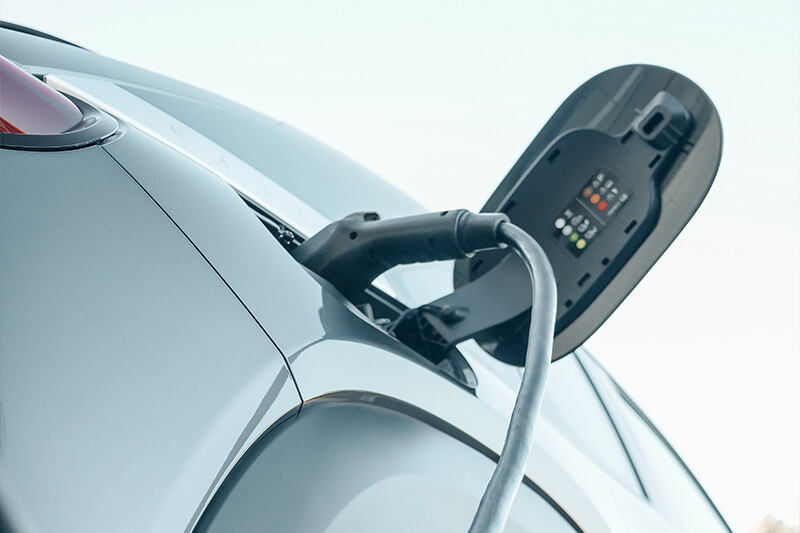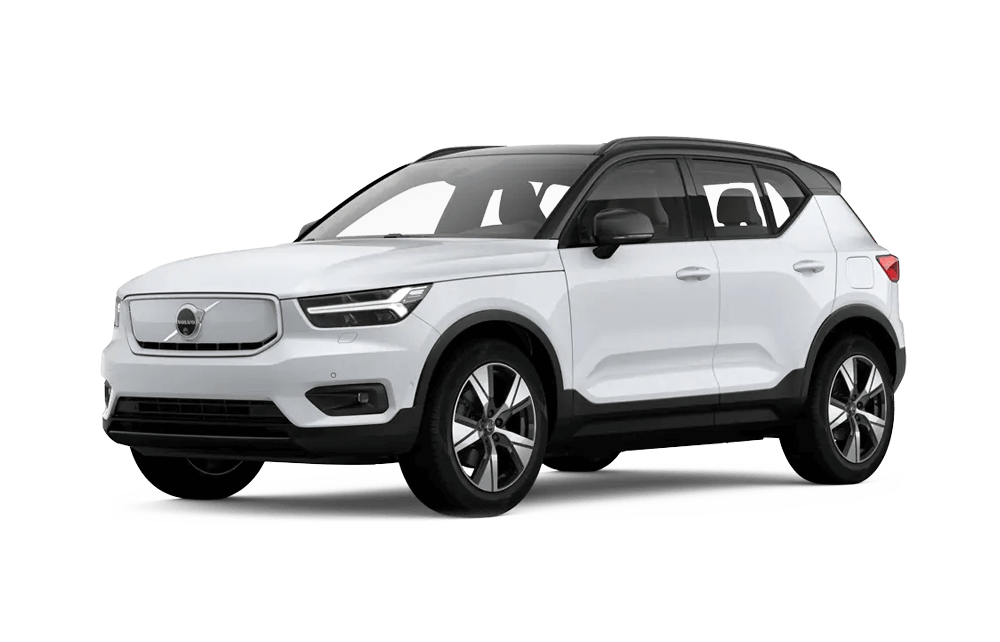Pure electric vehicles provide remarkable environmental benefits and deliver impressive fuel economy savings.
A fully electric car operates without an internal combustion engine. Instead of relying on petrol or diesel, it utilizes electricity as its primary source of power. To supply electricity to the vehicle, it is connected to the mains through a dedicated charging point, typically found at home, work, or public locations.
The energy stored in the car's battery is then used to drive one or more electric motors that propel the wheels. Battery Electric Vehicles offer a quiet driving experience due to the absence of engine noise. Additionally, they often provide impressive acceleration since there are no gears involved, and power from the battery is instantaneously applied to the electric motor(s).

What range will I get from a single charge?
The distance an electric car can cover on a full battery charge varies depending on several factors:
The capacity of the battery.
The efficiency of the car.
Other elements, including external temperature, driving speed, driving style, terrain, and more.
Generally, most new electric vehicles (EVs) can travel between 130 and 300 miles on a single battery charge. However, certain models are capable of surpassing 400 miles.
What is the best way to charge a fully electric vehicle?
If you have off-street parking, it is advisable to have an EV charging point installed, allowing you to charge your vehicle using a low-cost electricity tariff. Typically, each hour of charging adds a range of 20-30 miles.
By charging your electric vehicle at home, you can begin each day with a full battery, providing you with the maximum range available.
While you are away from home, you will encounter public charging points at various locations such as supermarkets, car parks, hotels, and restaurants. It is recommended to carry your charging cable with you so that you can conveniently top up your vehicle's battery if needed.


What is the environmental impact of BEVs?
Battery Electric Vehicles (BEVs) are characterized by being completely emission-free. Without exhaust pipes, they are incapable of releasing pollutants such as CO2, NOx gases, and particulate matter.
To achieve a fully eco-friendly approach, it is advisable to charge your vehicle using electricity from renewable sources, such as solar panels or wind turbines. Thankfully, there are now several electricity suppliers offering renewable energy tariffs, including options like Good Energy.
An additional positive aspect is that EV batteries have a long lifespan, often outlasting the car itself. They also hold promising prospects for the future. Many batteries can find a second life as part of "stationary storage" applications. Once the battery cells are fully depleted, they undergo recycling processes.
Of course, if you choose to lease an electric car for a duration of 2-4 years, concerns regarding battery recycling and degradation can be alleviated. Nevertheless, it is reassuring to know that the vehicle's battery is designed for long-lasting performance.

Plug-in Hybrid (PHEV)
Similar to fully electric Battery Electric Vehicles (BEVs), Plug-in Hybrids (PHEVs) require charging by plugging them in to replenish their medium-sized battery. However, PHEVs differ in that they also feature a conventional petrol or diesel engine. Normally, the initial 20-40 miles of a PHEV's journey rely solely on the battery, while the petrol/diesel engine takes over for longer distances.

Conventional Hybrid (HEV)
As with a PHEV, conventional Hybrid Electric Vehicles (HEVs) have both a battery and a petrol/diesel engine. The battery in a HEV is very small and you can’t plug it in. It can only power the car for short distances at low speeds. In a HEV, you will be using the petrol/diesel engine for most of the time.





